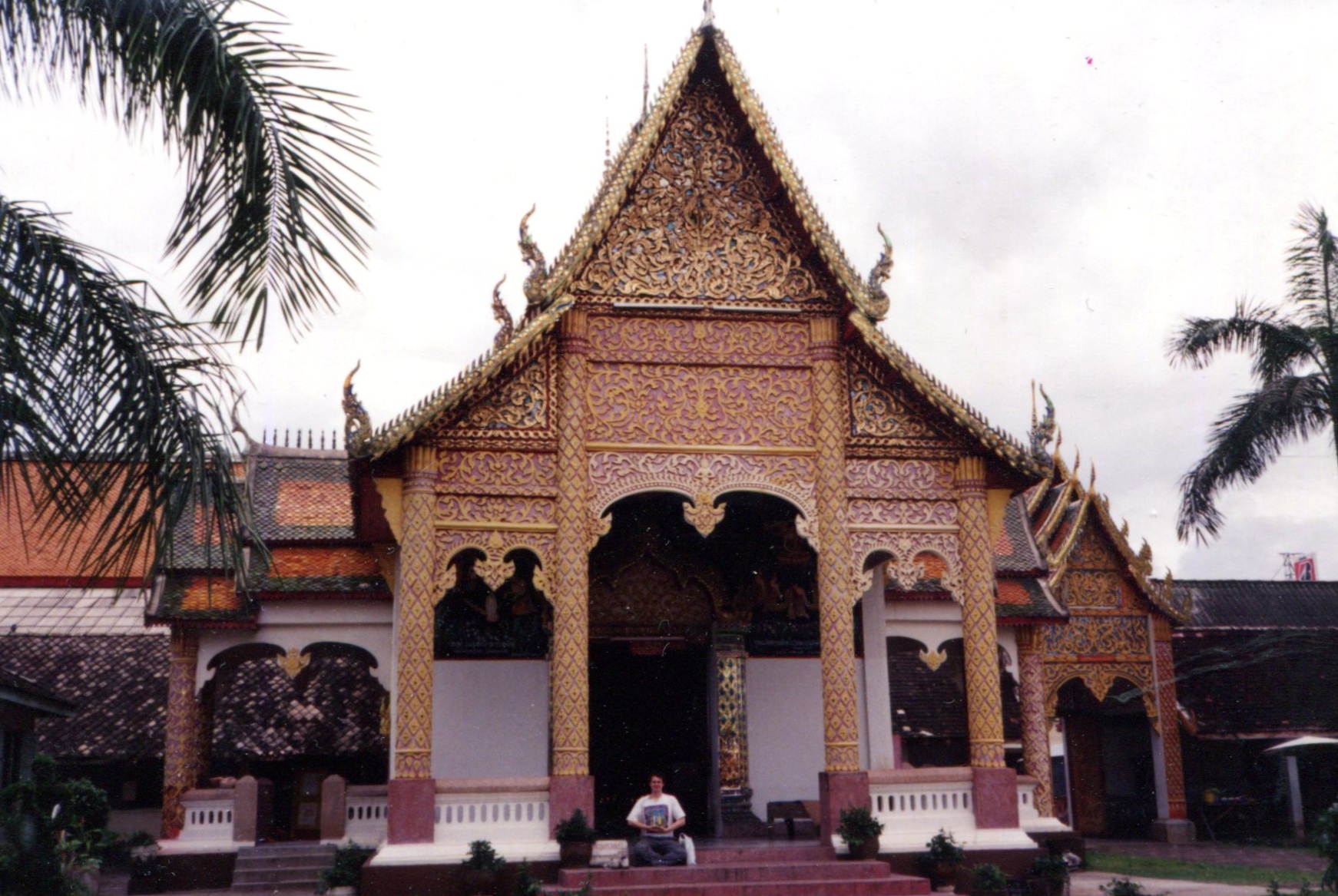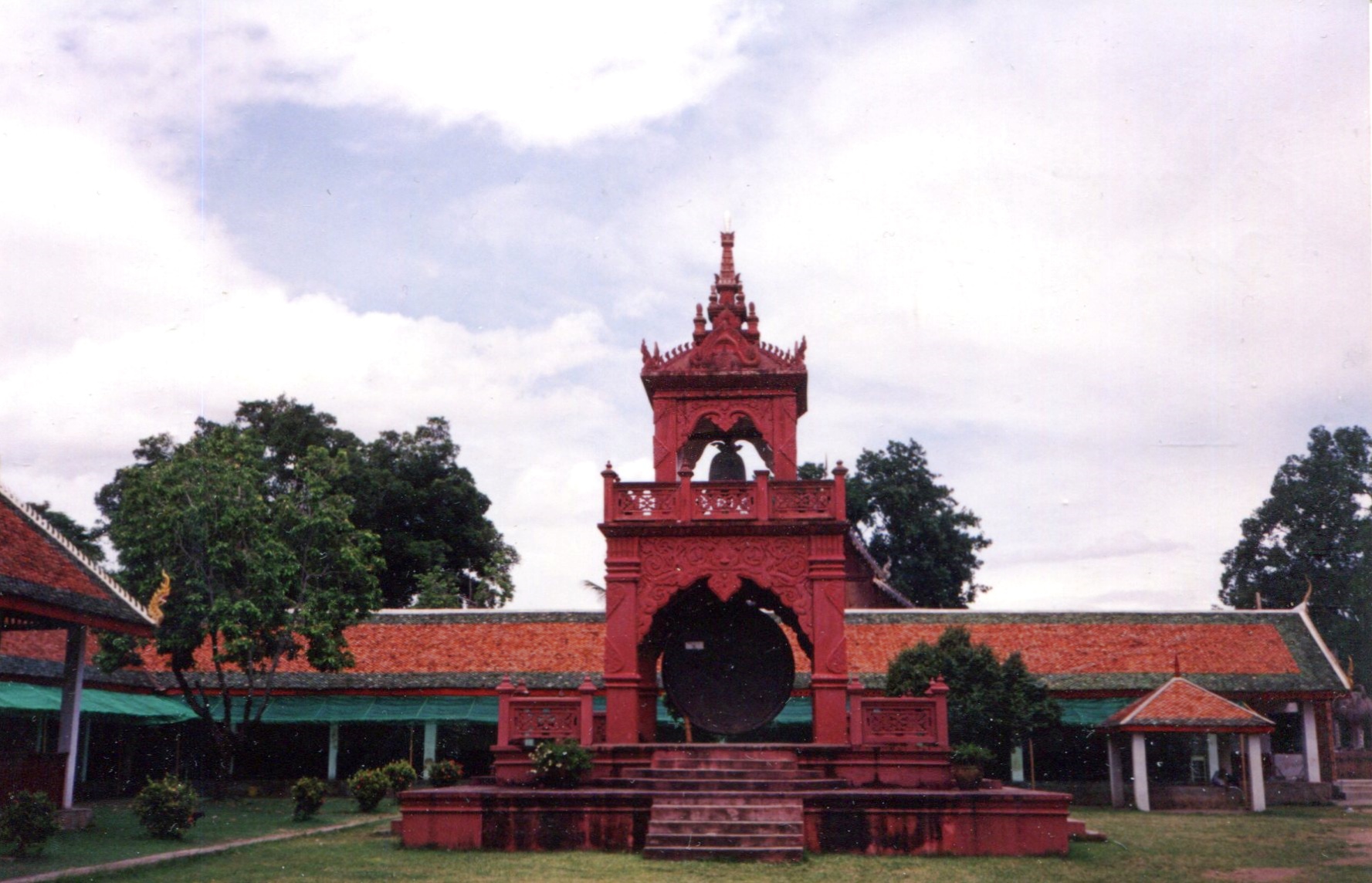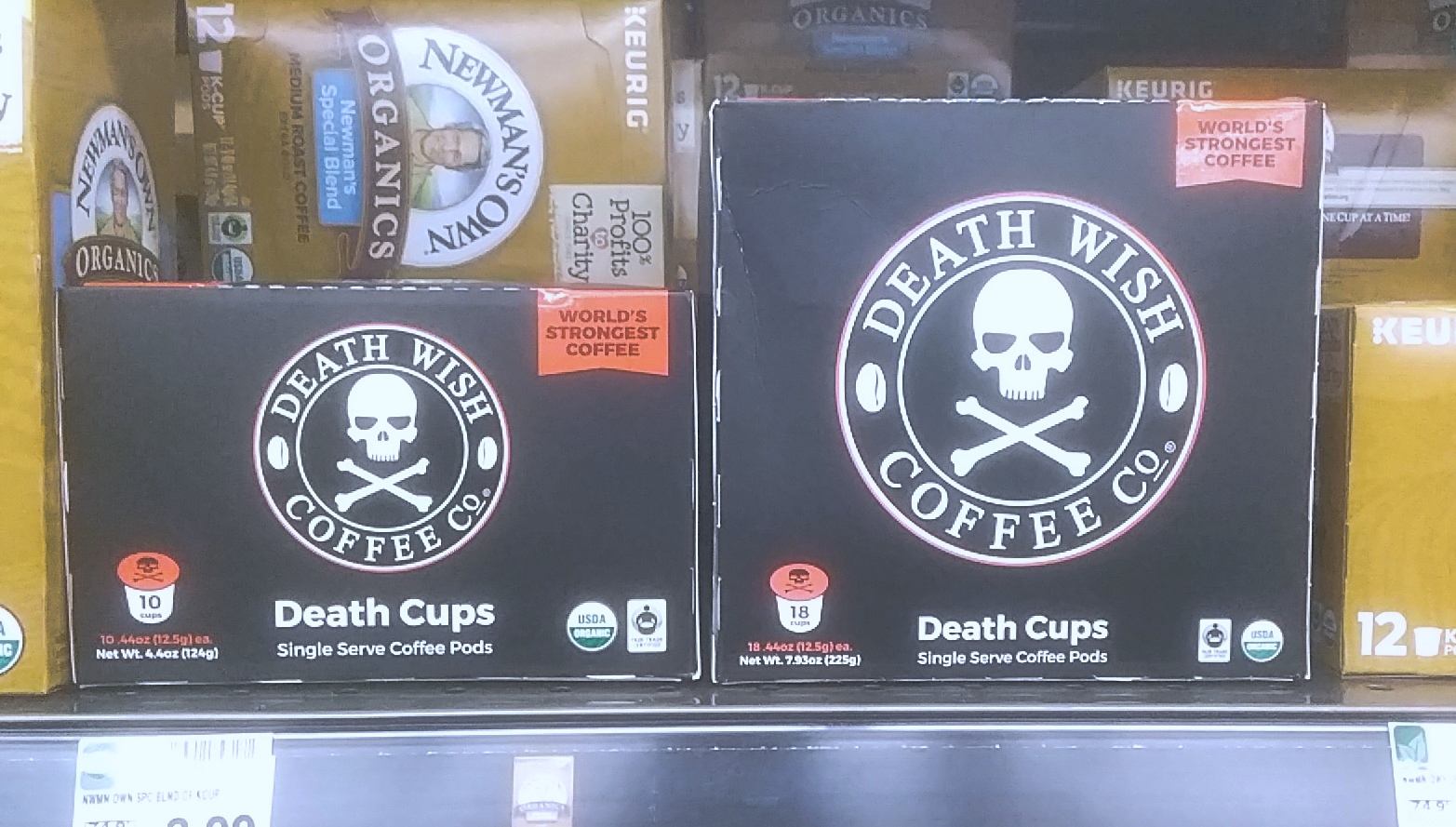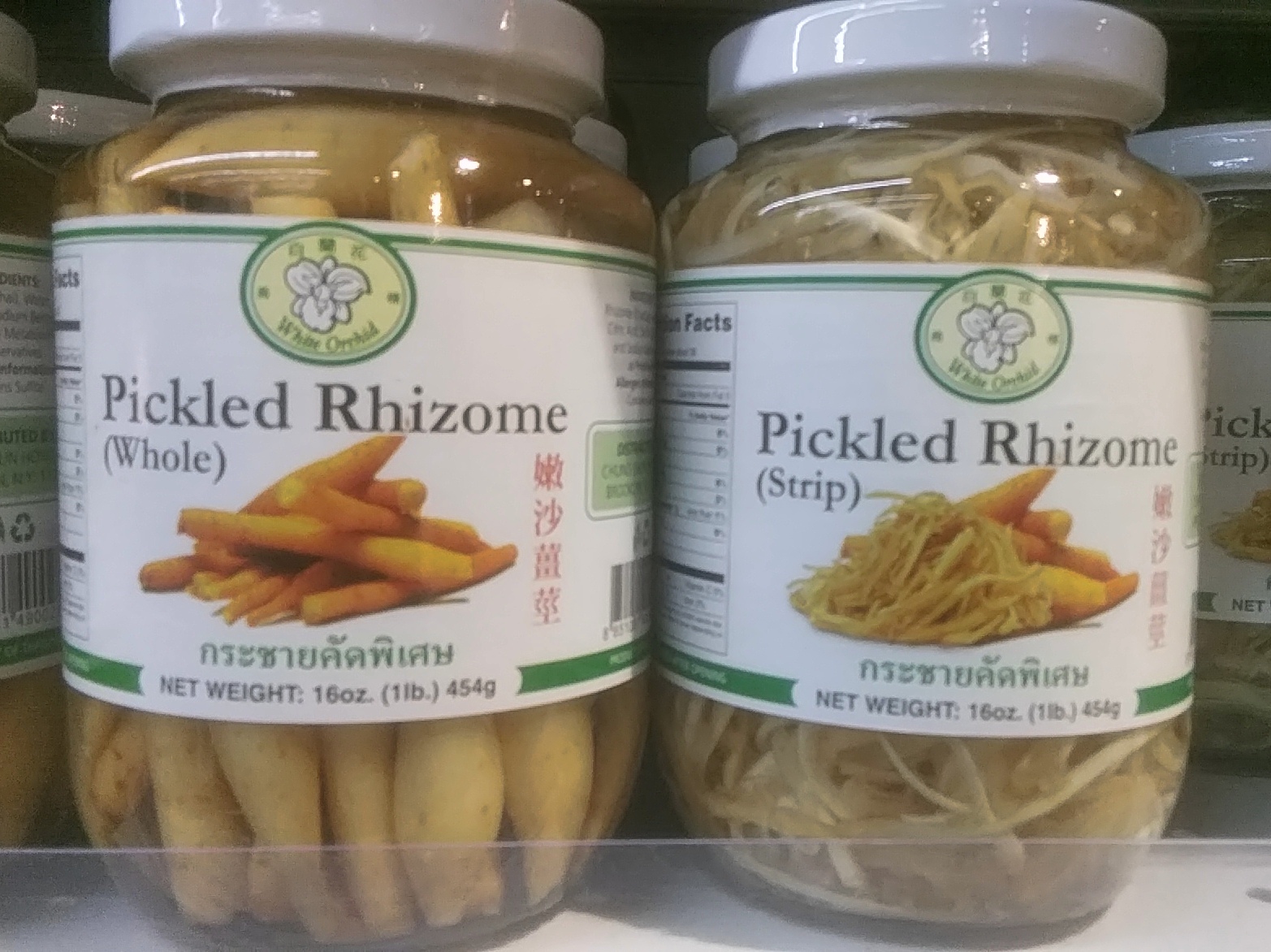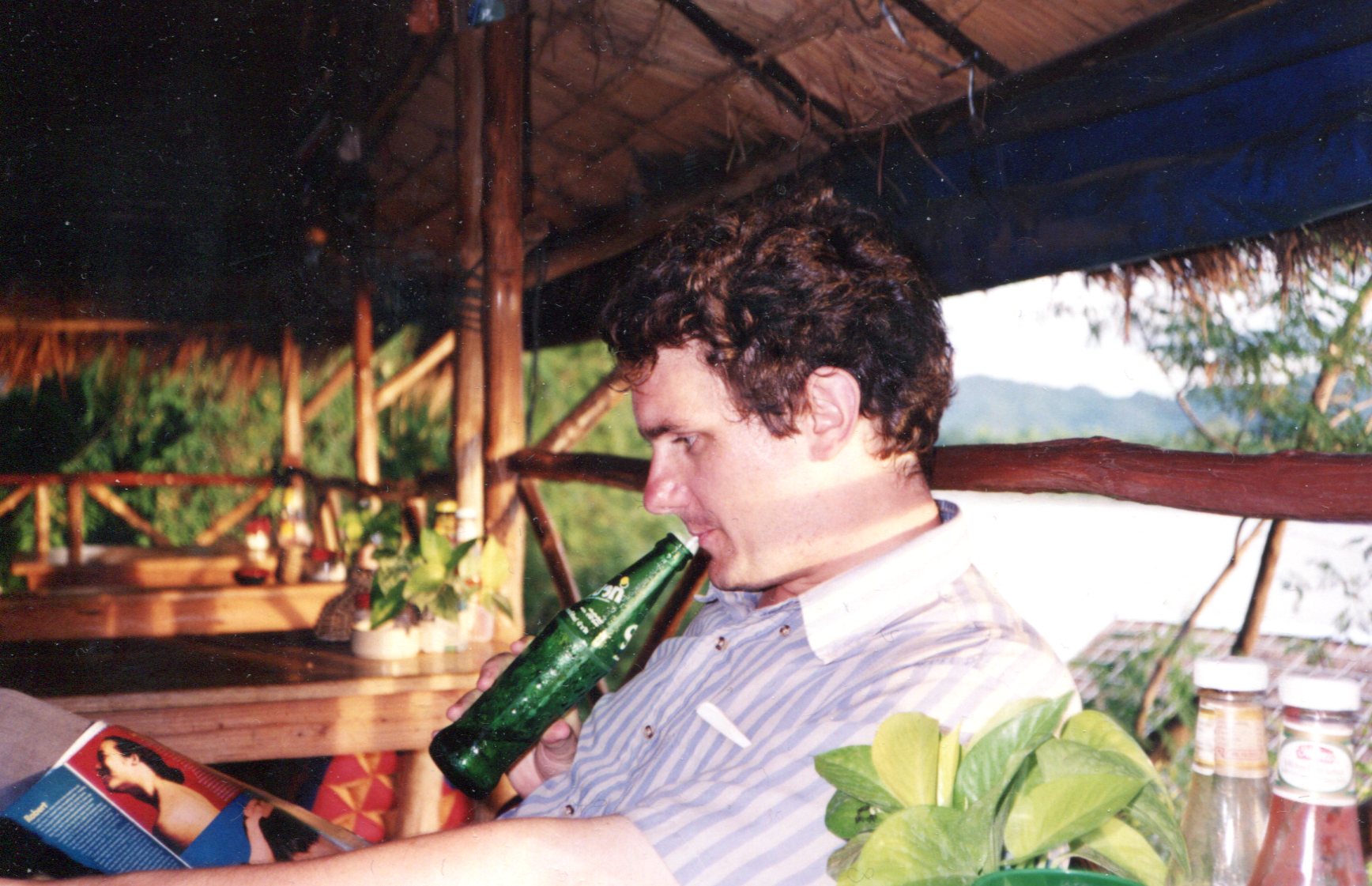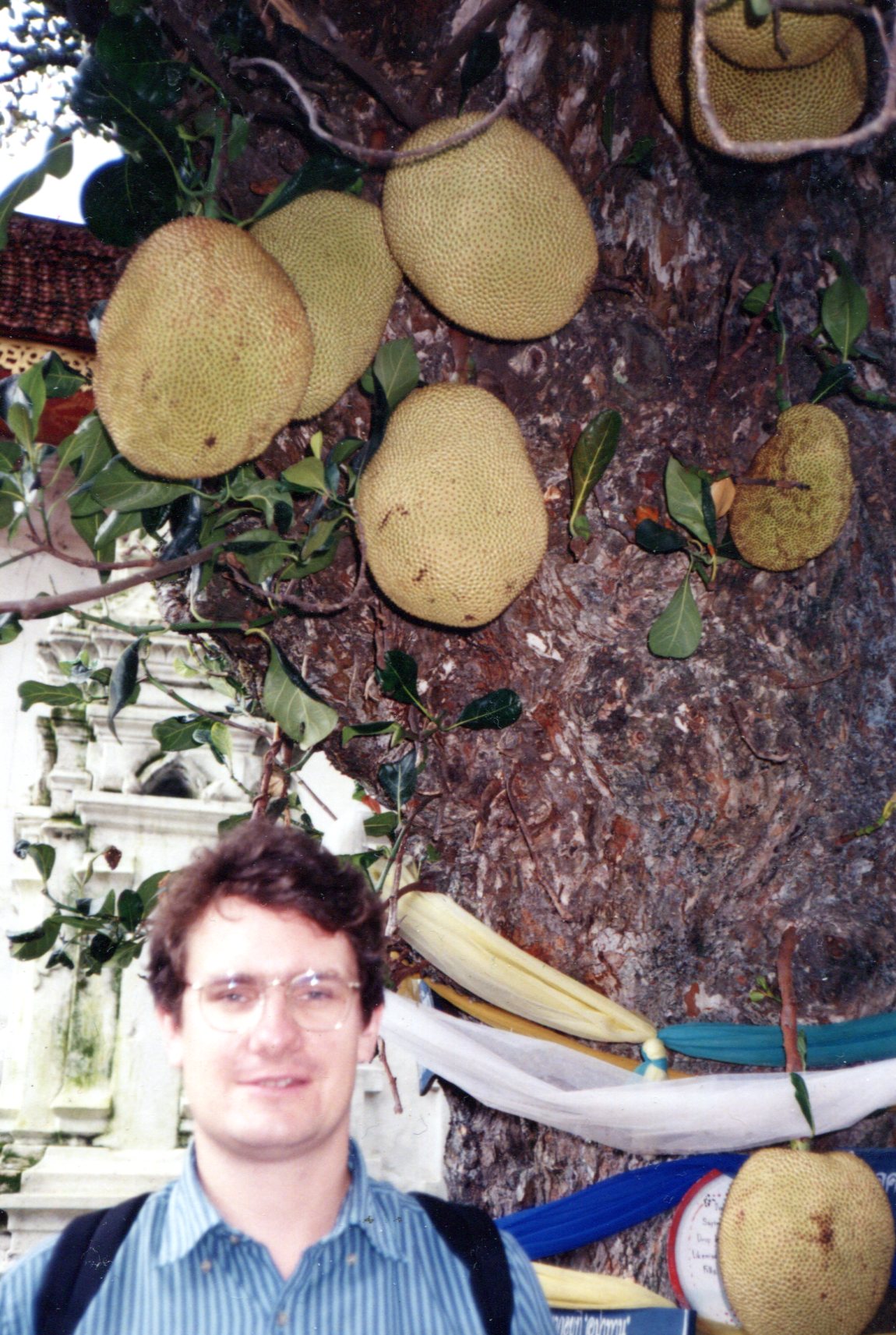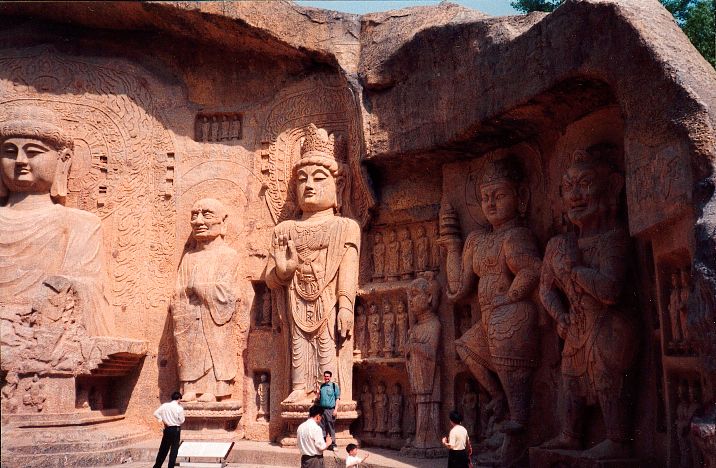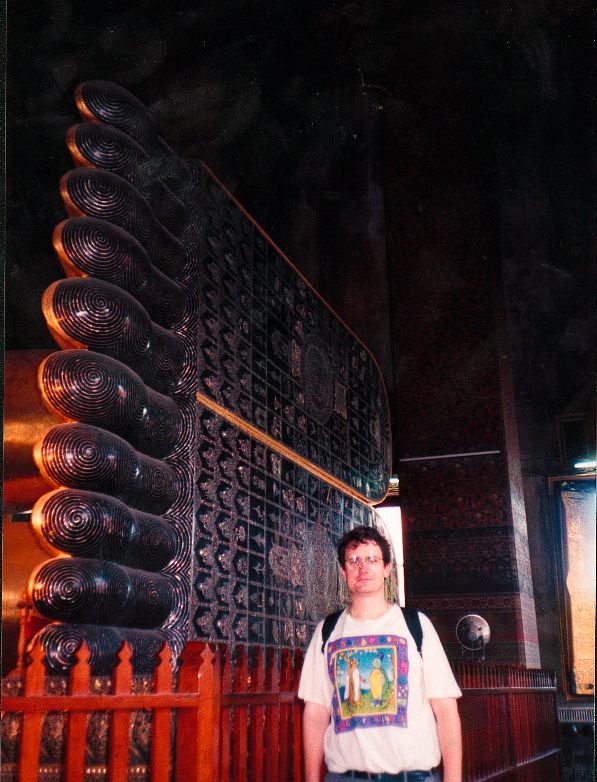Today I looked up the etymology of wat, the sort of Buddhist temple you find in Thailand. Here’s the brief word origin offered by Merriam-Webster online: Siamese, from Sanskrit vāṭa, enclosed ground.
Makes sense. We visited a number of wats in Thailand, especially in Bangkok, where large ones are thick on the ground. Wat Phra Kaew, home of the Emerald Buddha, holds the prime place of honor among the Thais. We visited the complex, which is part of the larger Grand Palace, on May 26, 1994.
Some features stood out right away. This is the Phra Si Ratana Chedi at the wat.
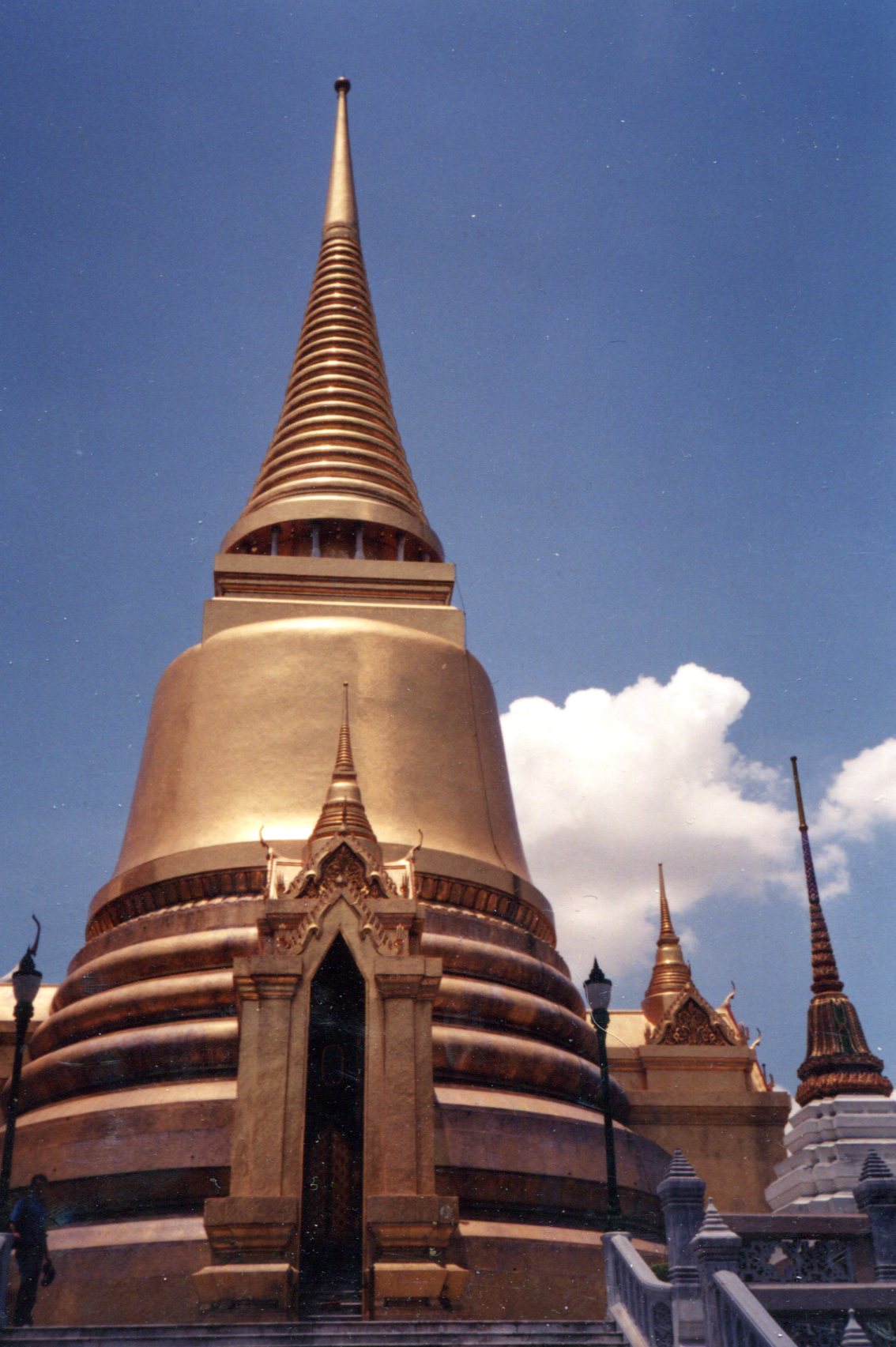 Bangkokforvistors says: “The chedi essentially balances the structures on the upper terrace, but it also recalls the monumental pagodas of the old capital in Ayutthaya… The chedi houses a piece of the Buddha’s breastbone.”
Bangkokforvistors says: “The chedi essentially balances the structures on the upper terrace, but it also recalls the monumental pagodas of the old capital in Ayutthaya… The chedi houses a piece of the Buddha’s breastbone.”
The Chapel of the Emerald Buddha is in the background here.
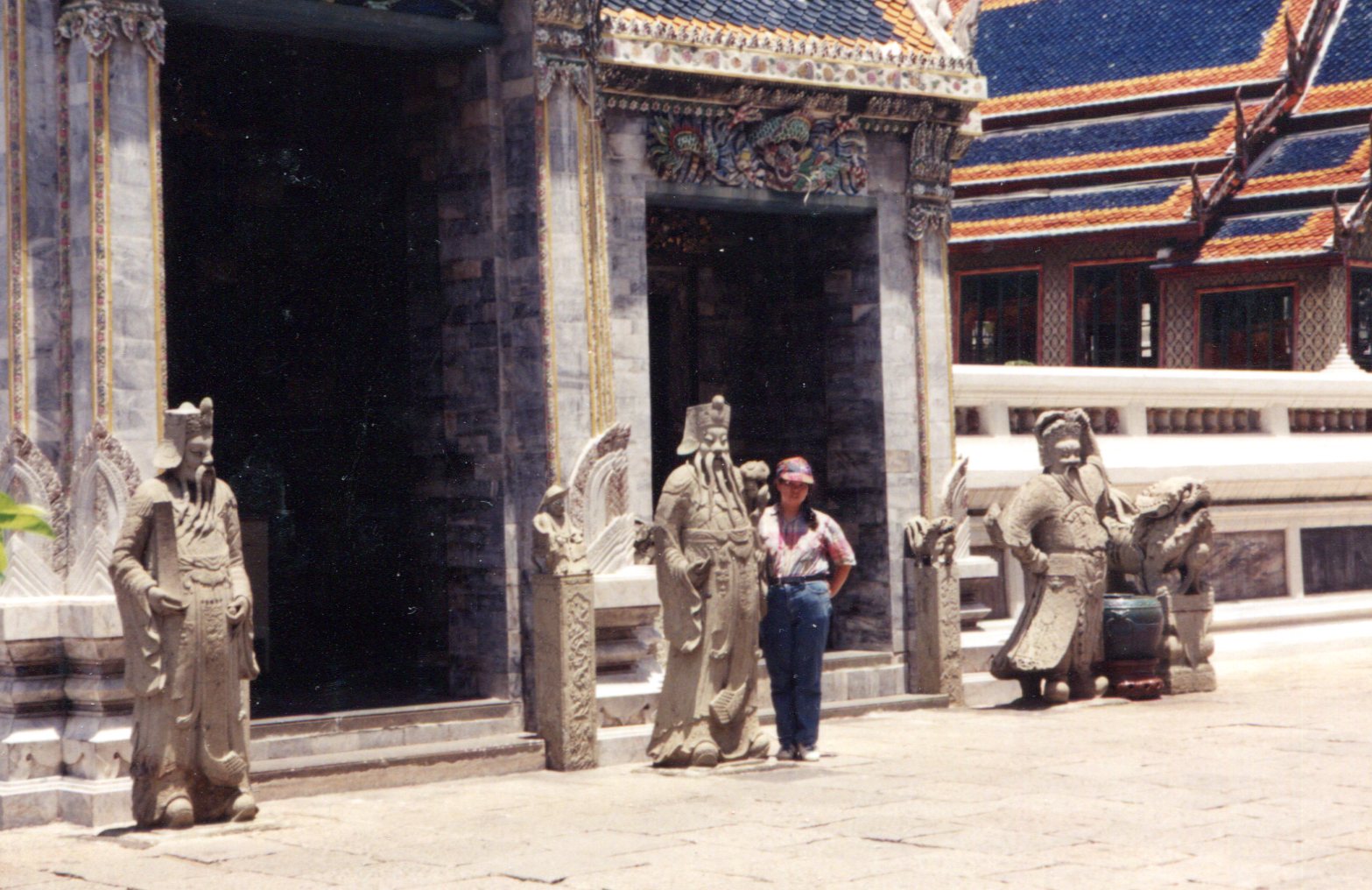 I made no image of the Emerald Buddha, since I believe that wasn’t permitted. Tourists were allowed in to see the statue, which isn’t sizable, but is definitely elegant, and with an aura of history about it.
I made no image of the Emerald Buddha, since I believe that wasn’t permitted. Tourists were allowed in to see the statue, which isn’t sizable, but is definitely elegant, and with an aura of history about it.
The Phra Mondop, or the library, which is not open to casual visitors.
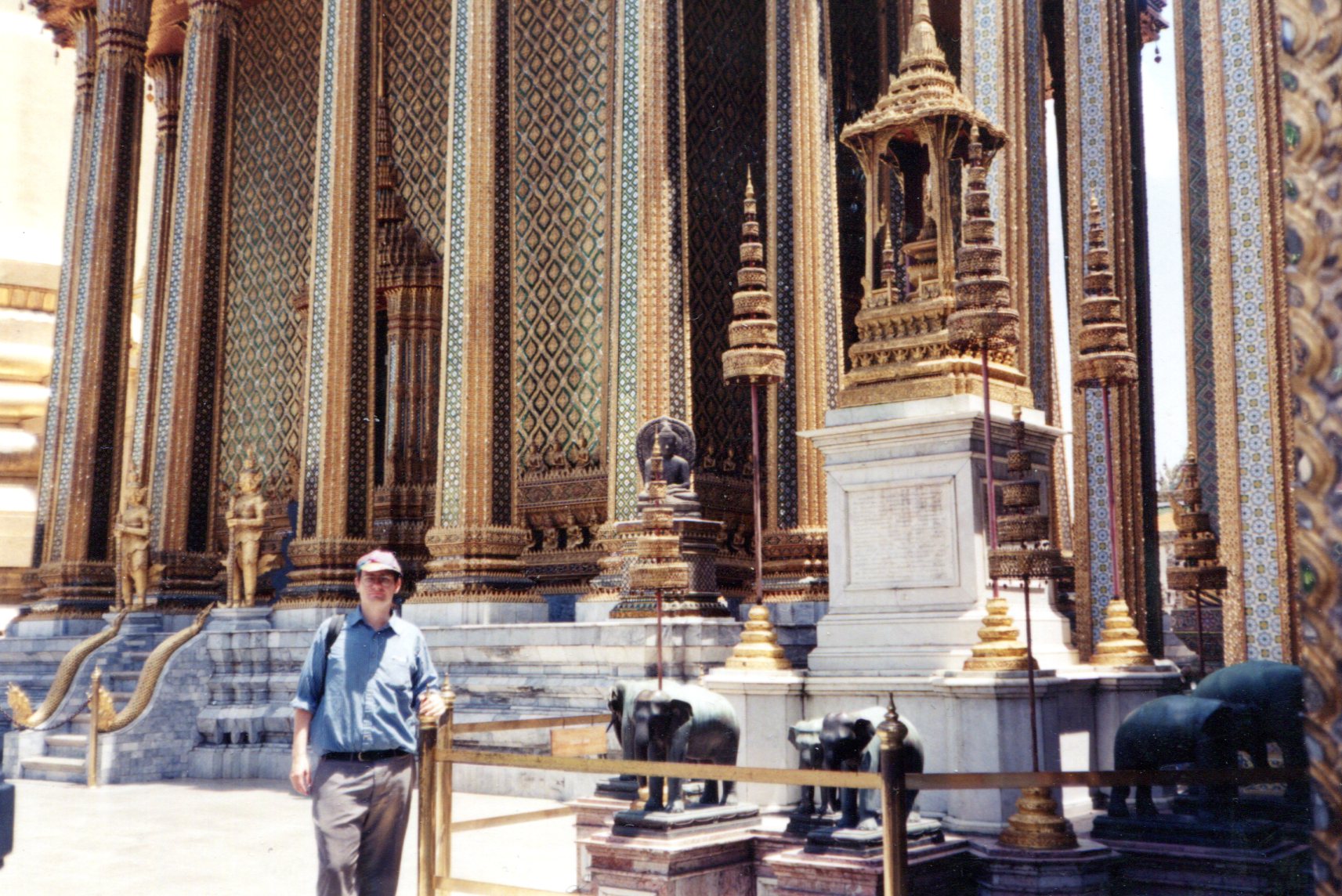 The Wiharn Yod, a prayer hall.
The Wiharn Yod, a prayer hall.
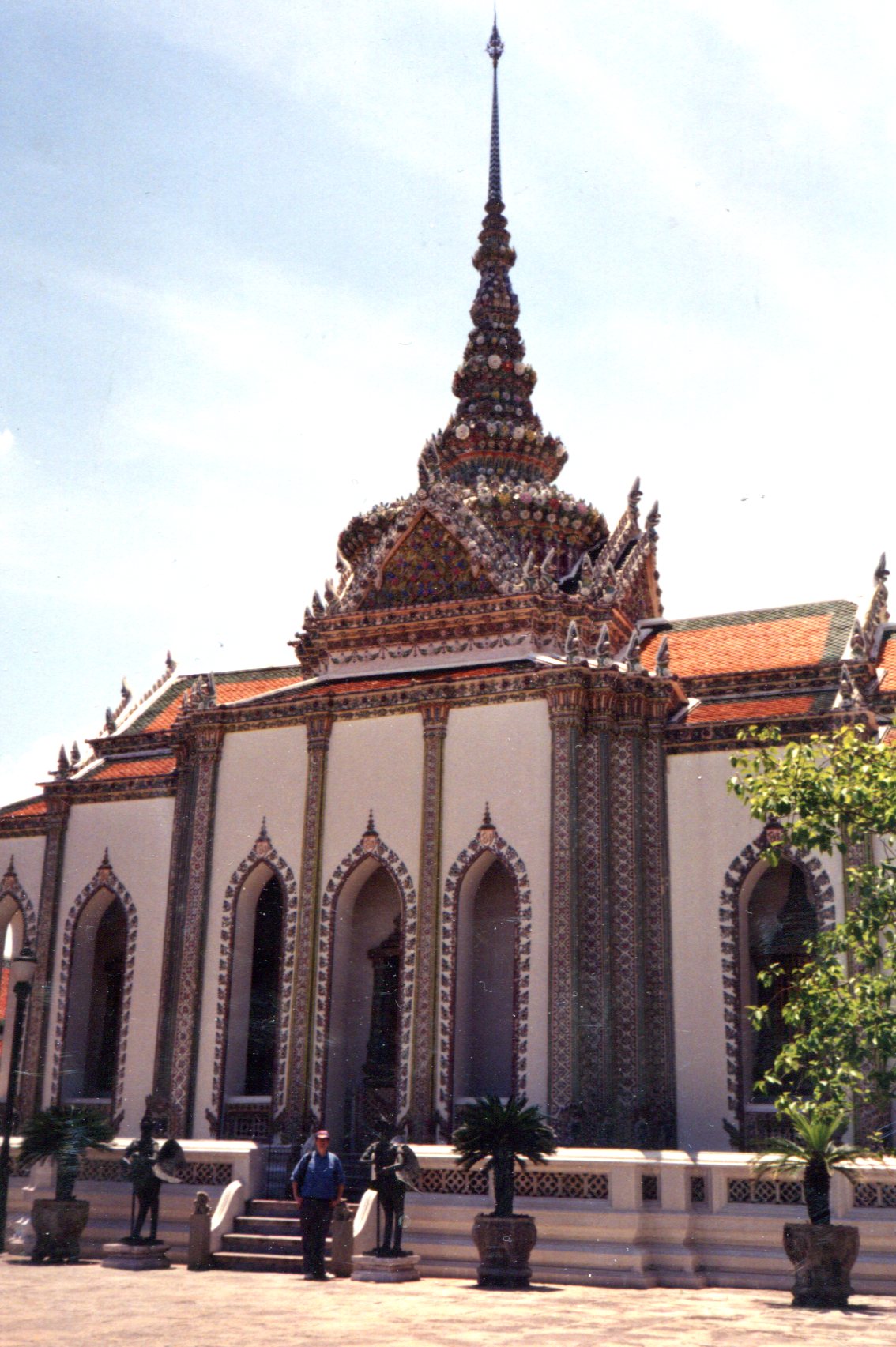
“The wiharn is unique in its Greek cross plan and its Chinese porcelain decoration,” Bangkokforvistors says.
The following are other images I can’t quite pinpoint, but which were in the enclosed ground of Wat Phra Kaew.
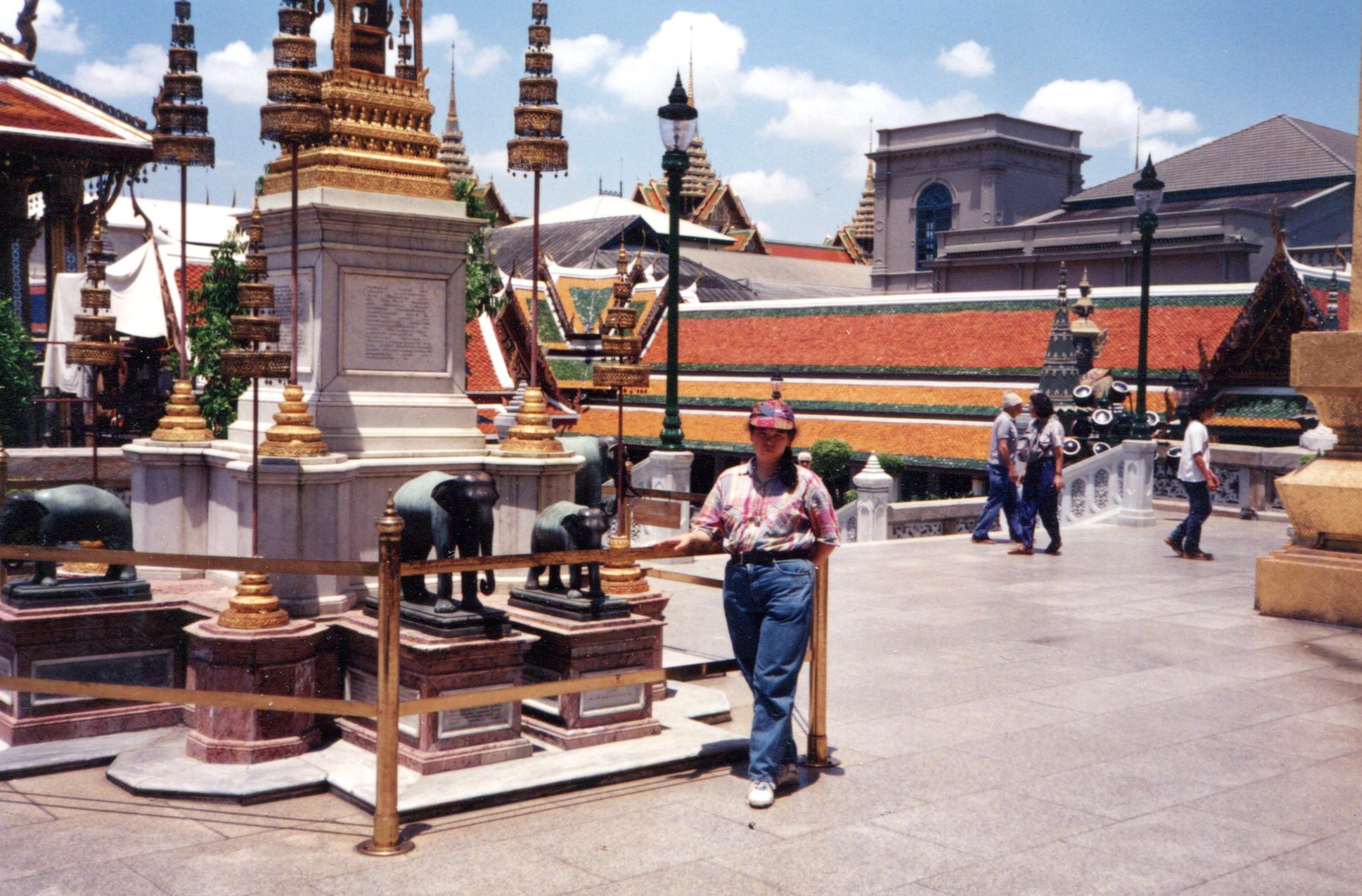
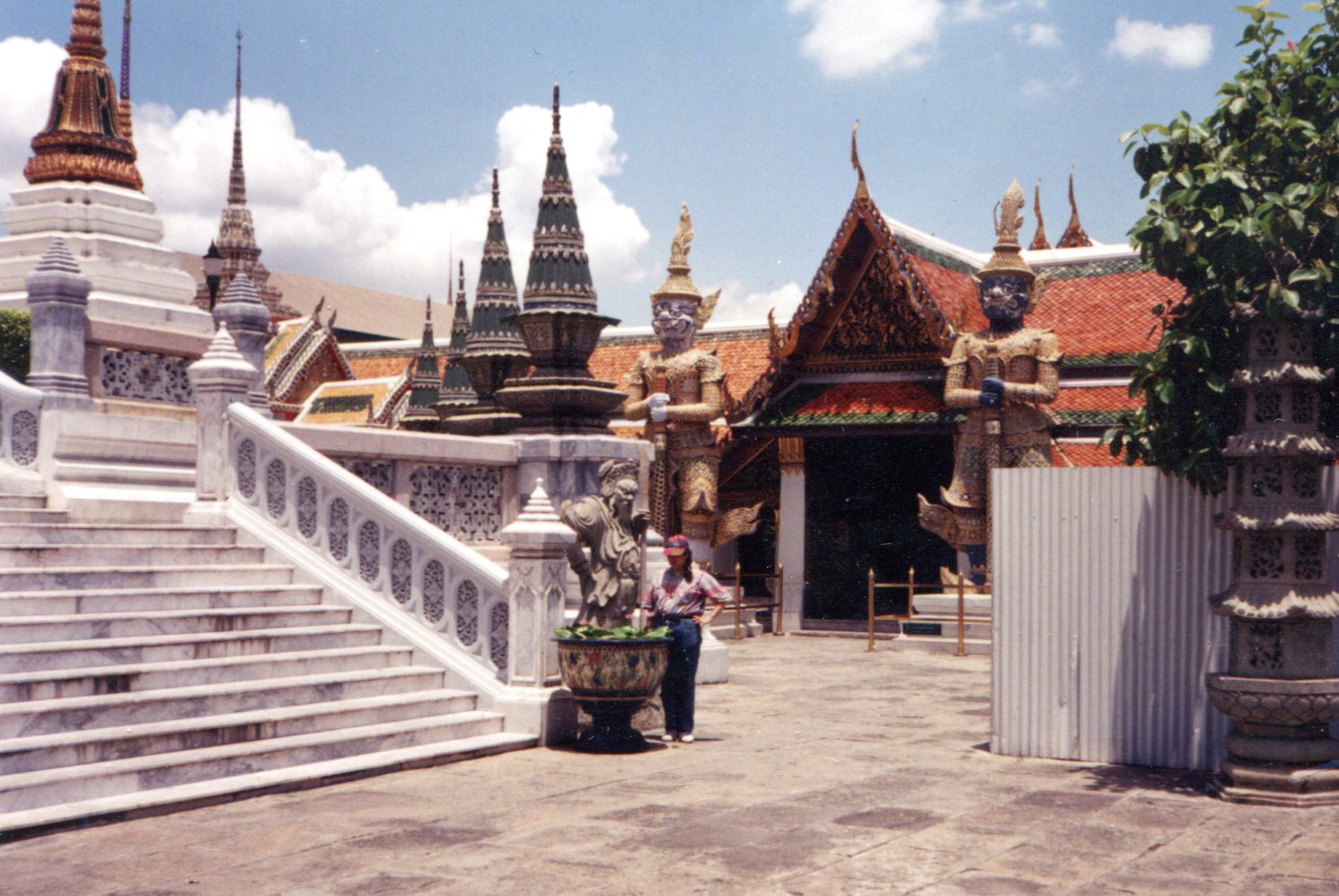
Thinking back on it, I have an overall impression of heat and gilding and mirror tiles and heat and intricate but unfamiliar iconography and heat. The time to have gone might have been when the wat opened first thing in the morning, but we weren’t always as energetic as necessary for early-morning tourism in the tropics. Yet sometimes we were.
Curious about more recent tourist experiences at Wat Phra Kaew, I took a look at Trip Advisor. Most visitors rate it highly, which is fitting. But the low-raters point to changes since we were there.
For one thing, it’s now 500 baht to get in. About $15.50 these days. I’m certain we didn’t pay anything close to that much, making it an example of gouging tourists at supposed must-see places.
Also, tourism within Asia has changed somewhat since the 1990s, if Guimo68 from Miami is to be believed. That is, the Chinese are showing up in force (all sic): “Filled with chinese tourists trying to cut in front of you. I had fun trying to cut in front of them, so 2 stars… The whole experience is like trying to see the mona lisa. Too many rude and loud Chinese.”
Then again, there’s no pleasing some people, such as SophieLoveOz of Ellenborough, Australia (all sic): “I was so excited about the Emerald Buddha but was really disappointed as it is teeny tiny and way up high on a high stupa so can’t see it. It is Jade not Emerald, according to our guide. So many beautiful Golden Buddhas elsewhere.”
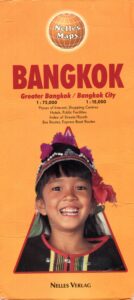 Bangkok is one of those cities hard to navigate even with a map. But I guess the challenge and the thrill of finding your way around in a place where most of the signs aren’t in a roman script is a thing of the past. Even if I ever went back there, I’d take my box, with its connection to nifty electronic maps and transliterations.
Bangkok is one of those cities hard to navigate even with a map. But I guess the challenge and the thrill of finding your way around in a place where most of the signs aren’t in a roman script is a thing of the past. Even if I ever went back there, I’d take my box, with its connection to nifty electronic maps and transliterations.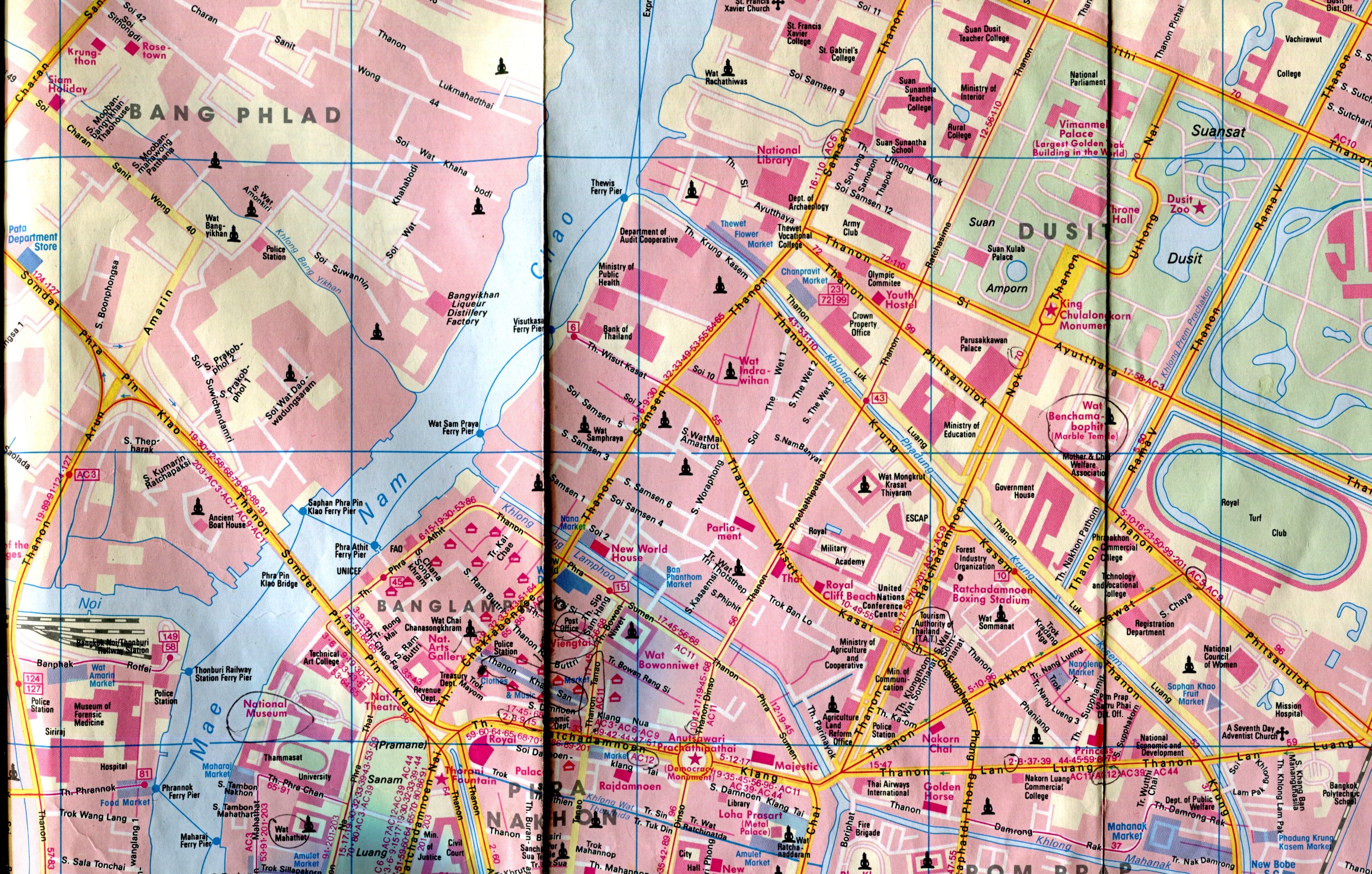
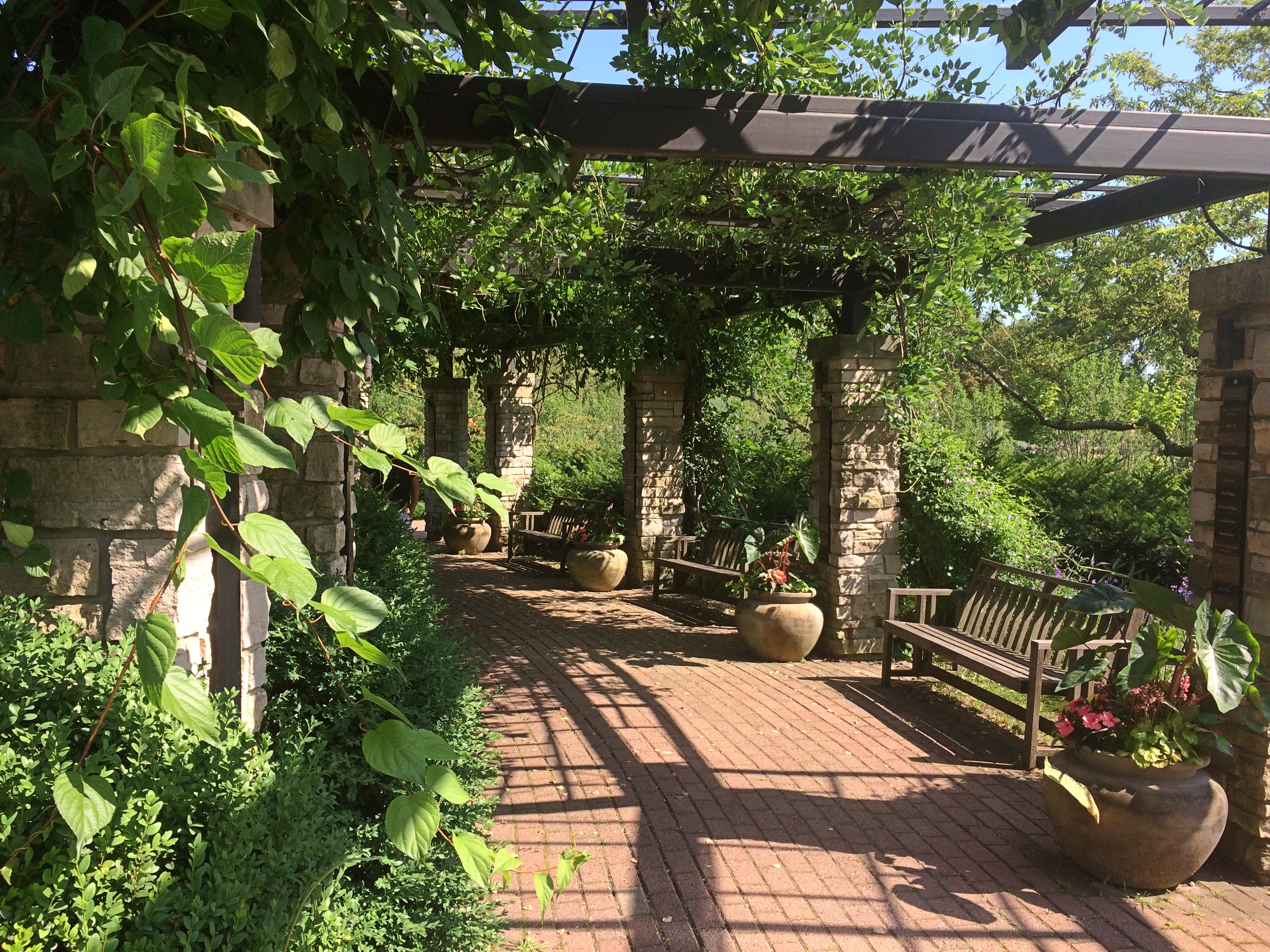

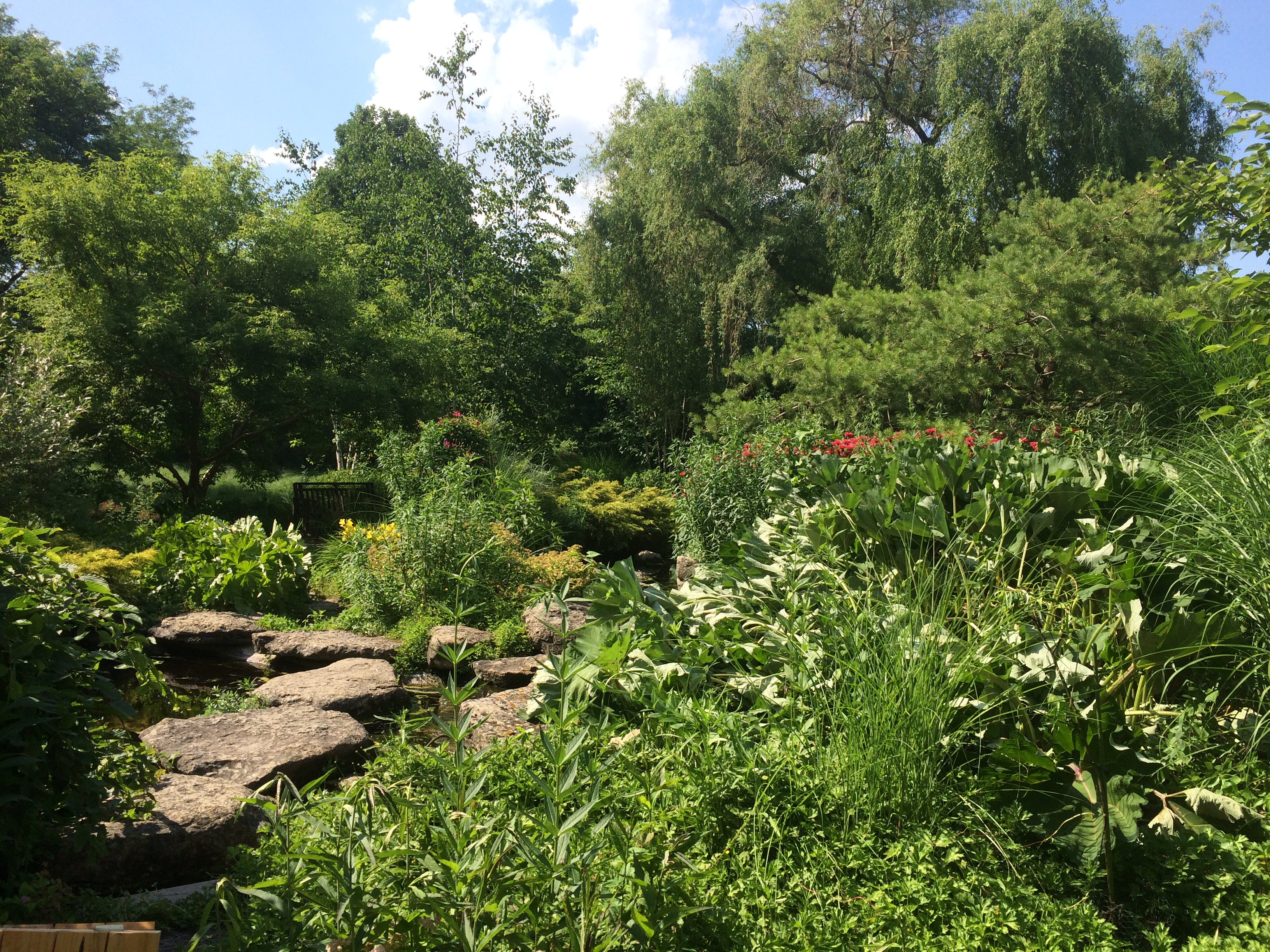

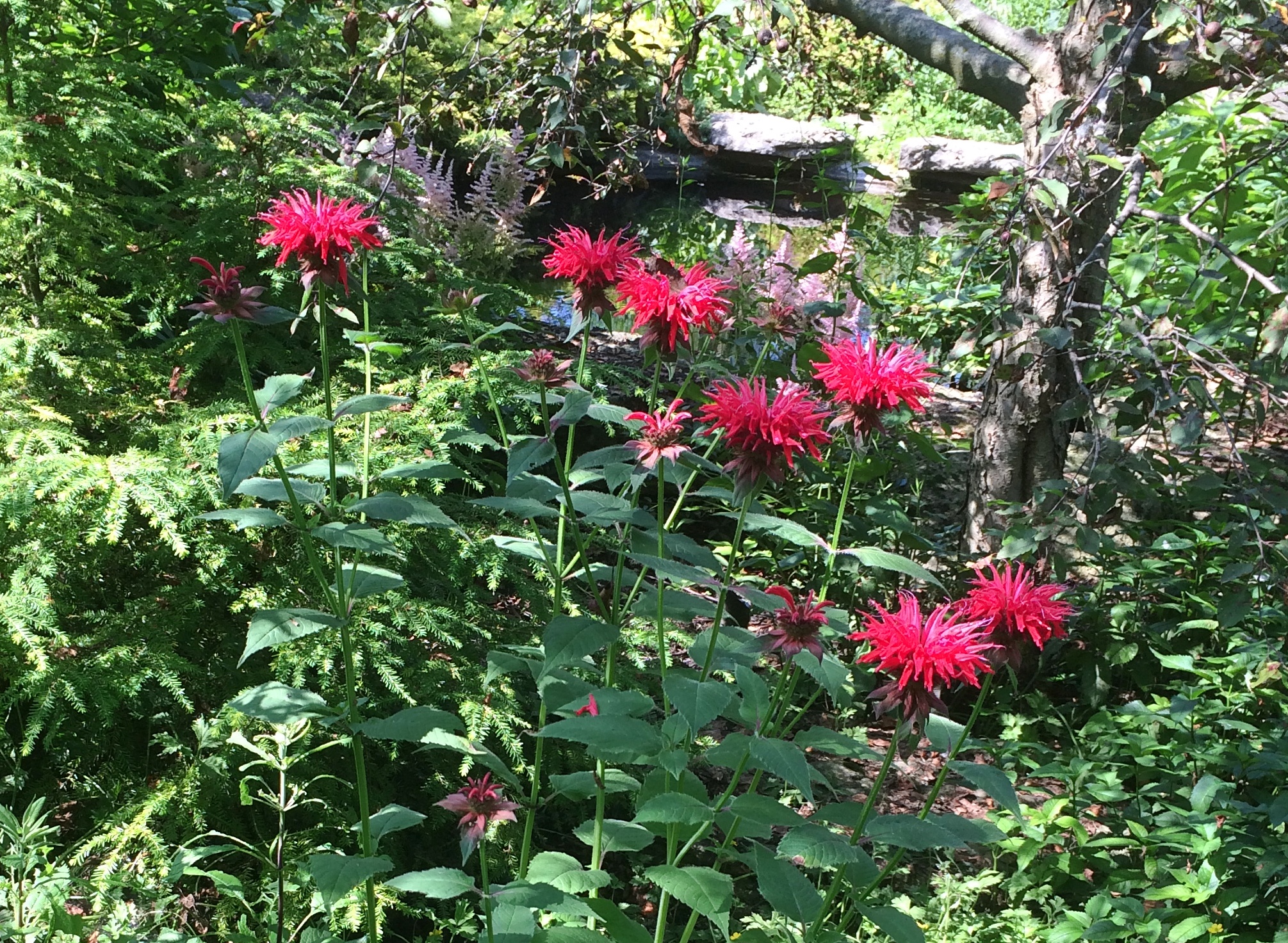

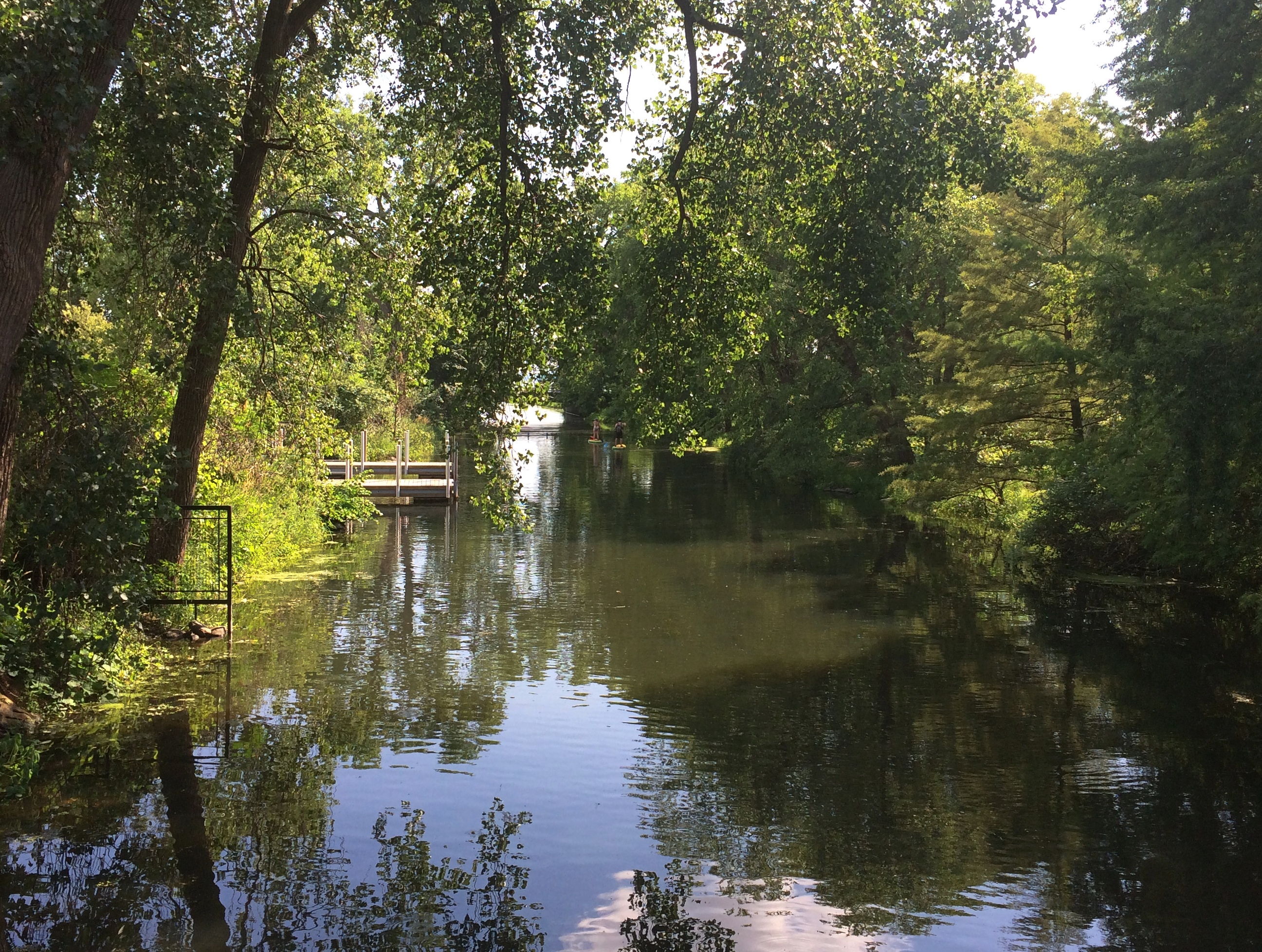



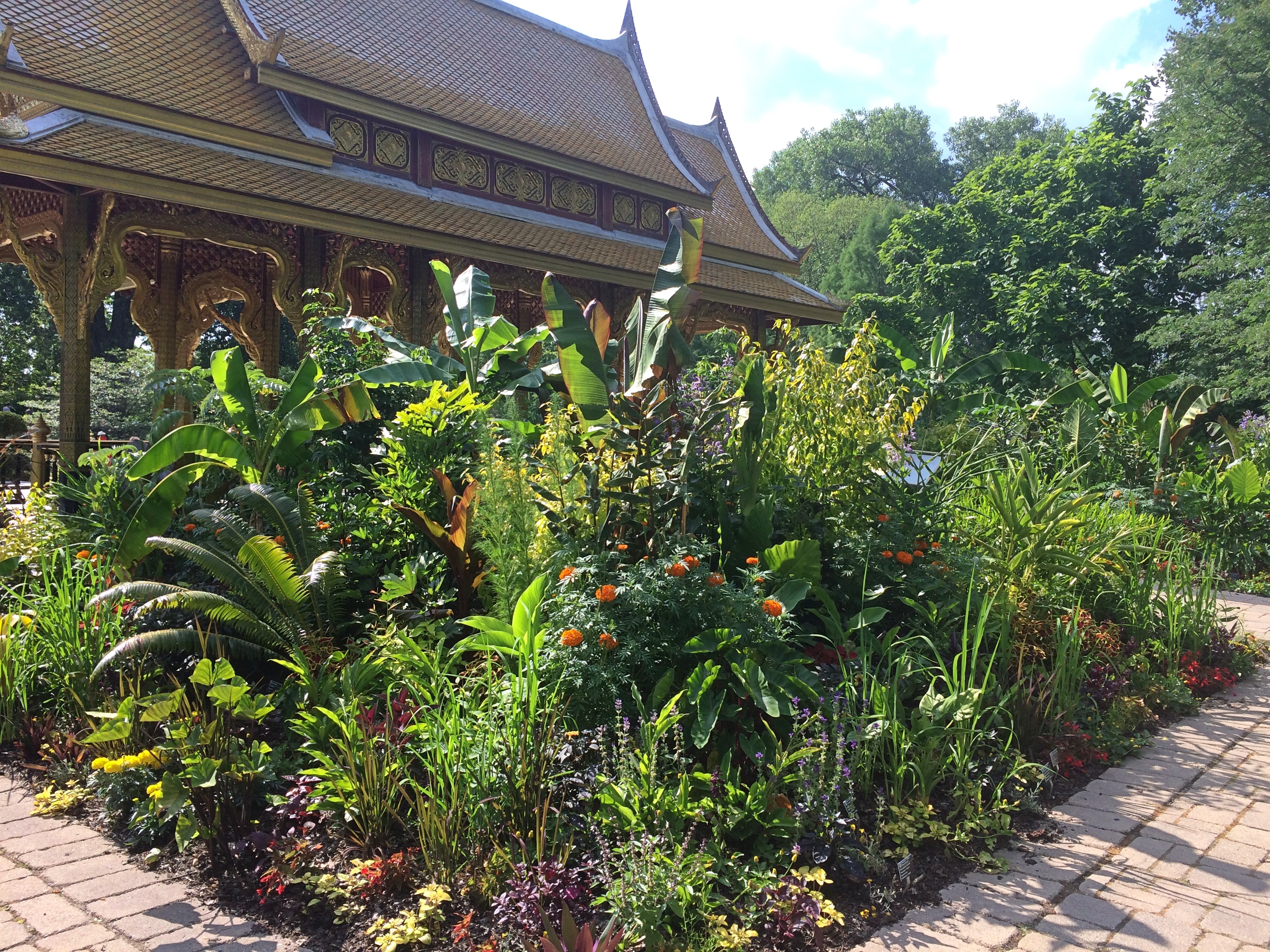
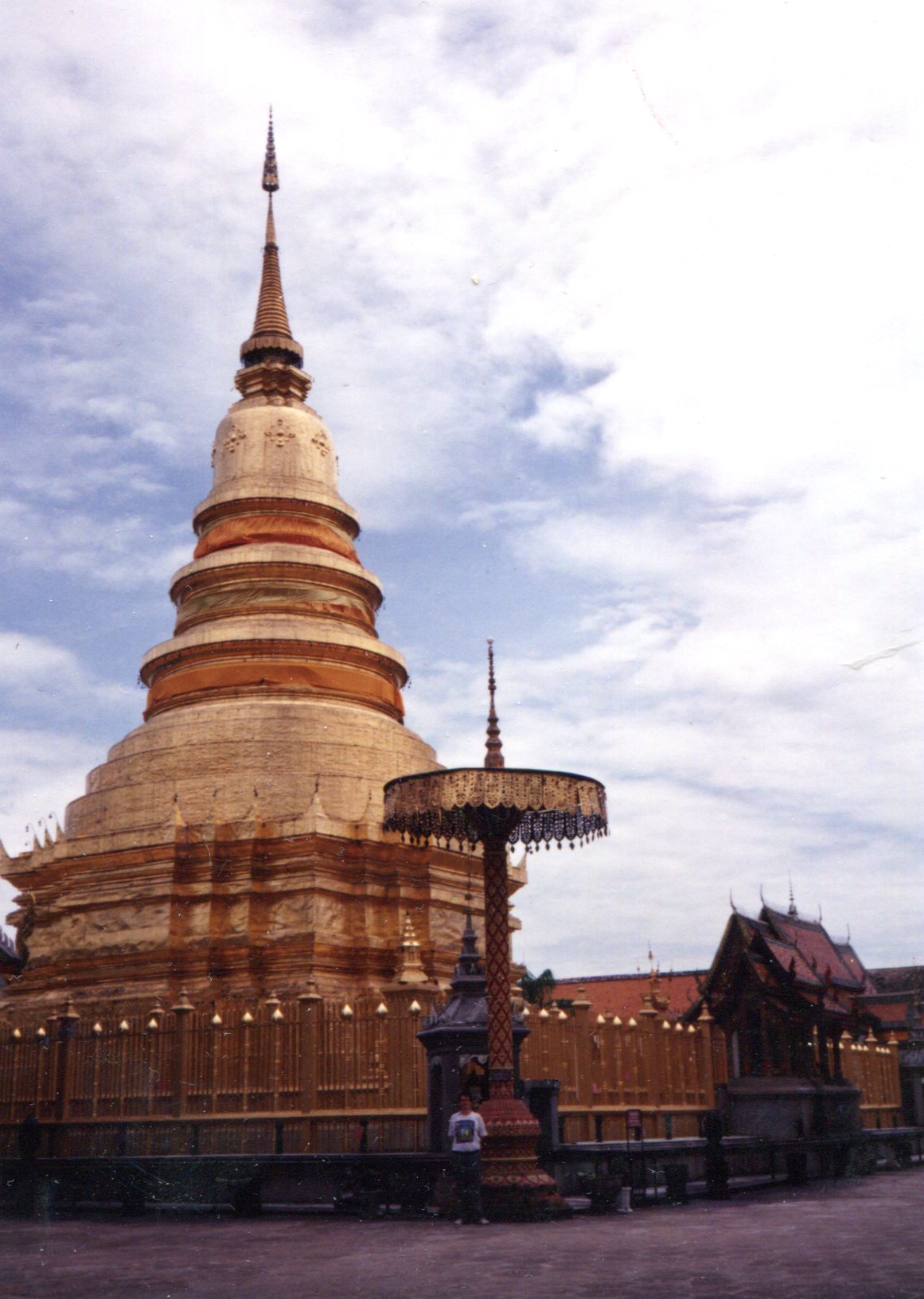 Below, the part of the temple known as Viharn Phra Chao Thunjai,
Below, the part of the temple known as Viharn Phra Chao Thunjai, 